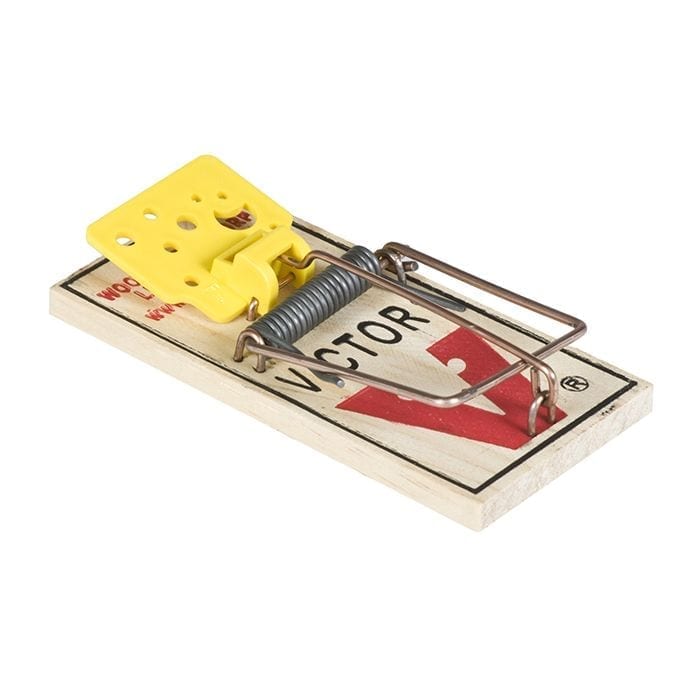
Spatial Requirements: Classroom with moderate space required
Activity Type: Object lesson
Grades: K-12
Group Size: 2 or more
Time: 5-10 minutes
Introduction: Everyone gets angry. However, not everyone gets angry over the same things, nor does everyone react the same way to situations that make them angry. This activity provides an opportunity to discuss different situations that cause anger, and the ways in which that anger is expressed. You may also discuss positive defense mechanisms that could be used to handle anger in a more controlled way.
Materials:
- 1 or more mousetraps
- 1 roll of masking tape
- Timer
- 1 pen or pencil per student
- 1 piece of paper per student
Activity:
As a class, brainstorm the things that make people angry. Write each of these items down on a piece of paper, and crumple the pieces of paper into tight balls. Choose five or six students to come and stand in front of a line of masking tape on the floor. Set a mousetrap, and place it on the floor three to five feet from the line of tape. Give a paper ball to each student and have them, one at a time, throw the paper ball at the mousetrap. If the trap is sprung, it will need to be reset before the next student throws his/her paper ball.
Processing the Experience:
- What do you think the mousetrap represents? (lashing out in anger, a short fuse, etc.)
- Does everyone get angry over the same things? Why or why not?
- How can you tell when someone is angry?
- How does being angry affect the way that we think?
- The mousetrap springing is like using a negative defense mechanism. It can be dangerous and hurtful to others and even us. What are some examples of negative defense mechanisms?
- What are some positive ways we can deal with our anger instead?